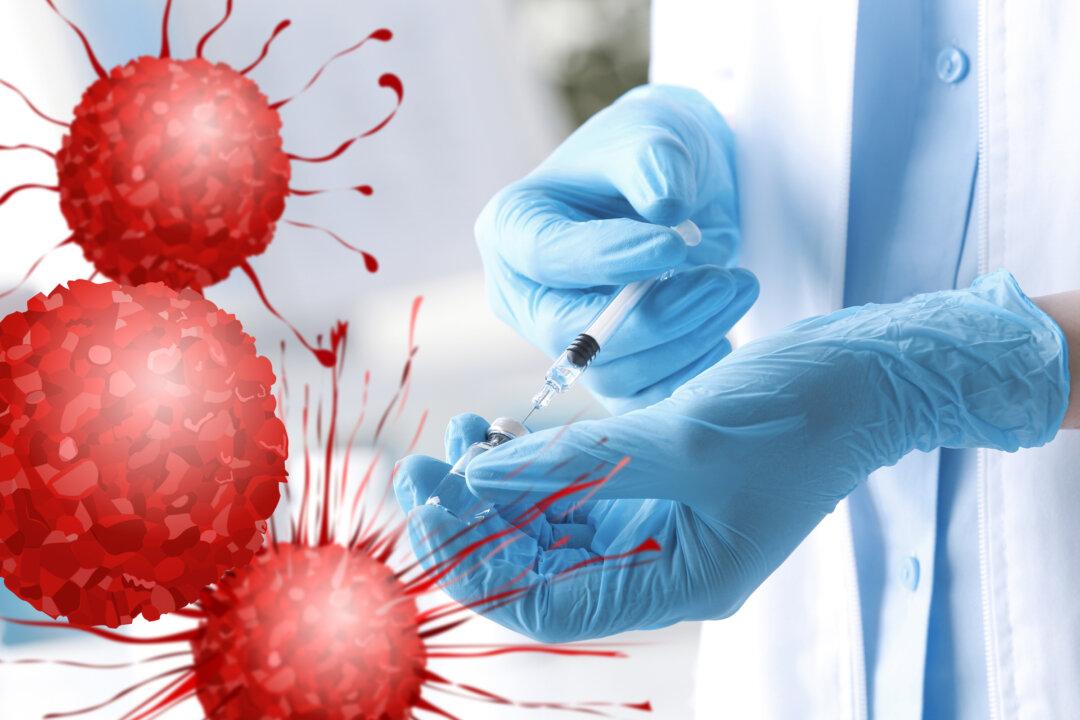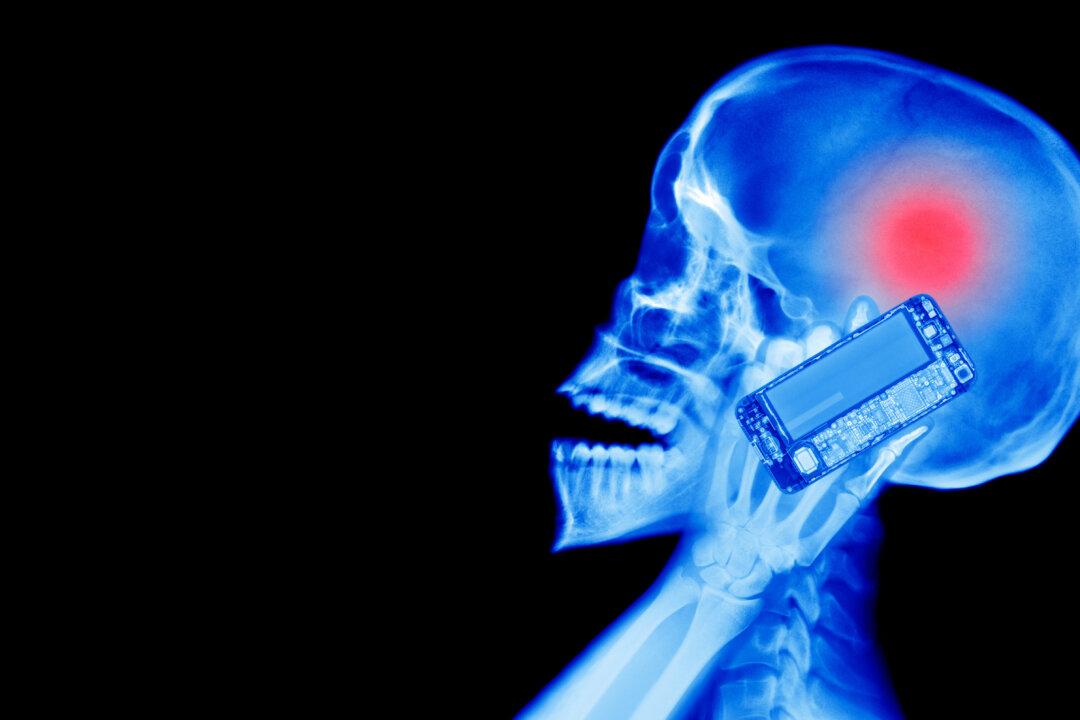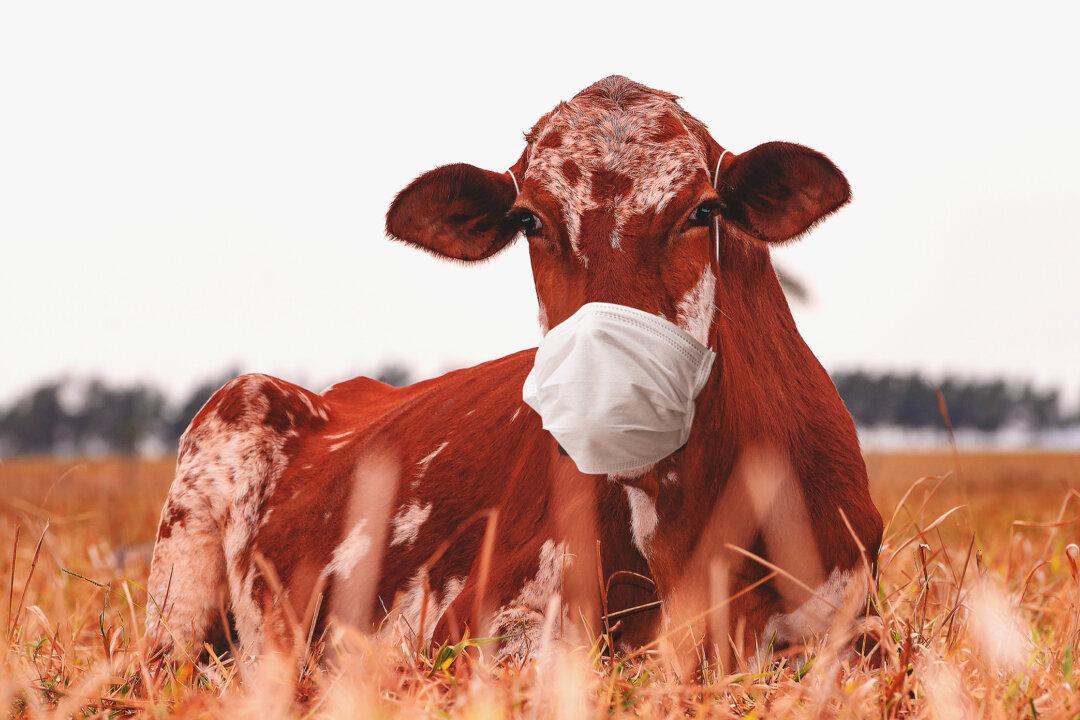After realizing his COVID-19 booster shot may have sent his cancer into overdrive, Michel Goldman, M.D., Ph.D., professor of immunology and pharmacotherapy at the Université libre de Bruxelles in Belgium, said going public with the information was the “right thing to do.”
This article was originally published by The Defender - Children’s Health Defense’s News & Views Website





